Week 15: * Wildcard week *
Machine learning
First go to teachablemachine
To start training the machine using images, audio or human poses. Then click start to use the tools.
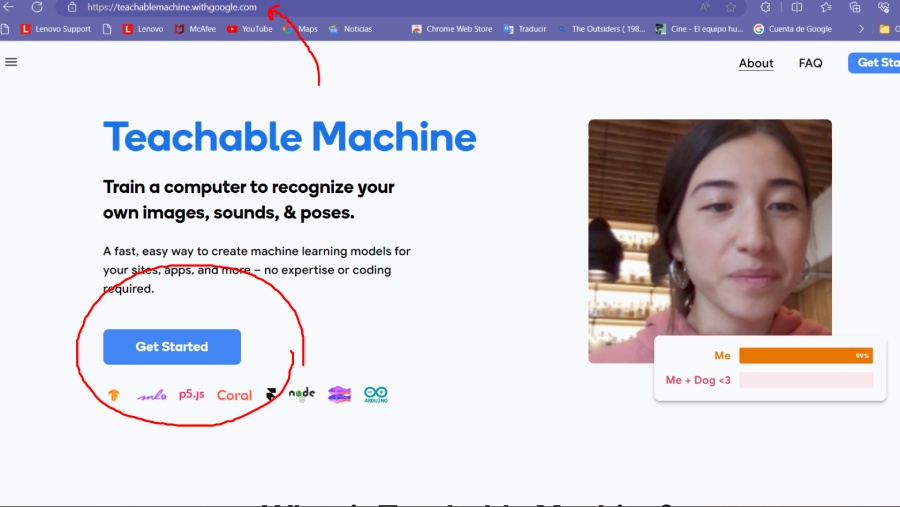
First we have 3 ways of training the machine
- Images
- Audio
- Poses
For this practice we are going to use images, then click Standar and select if you want to take the pictures with your camara or upload the images
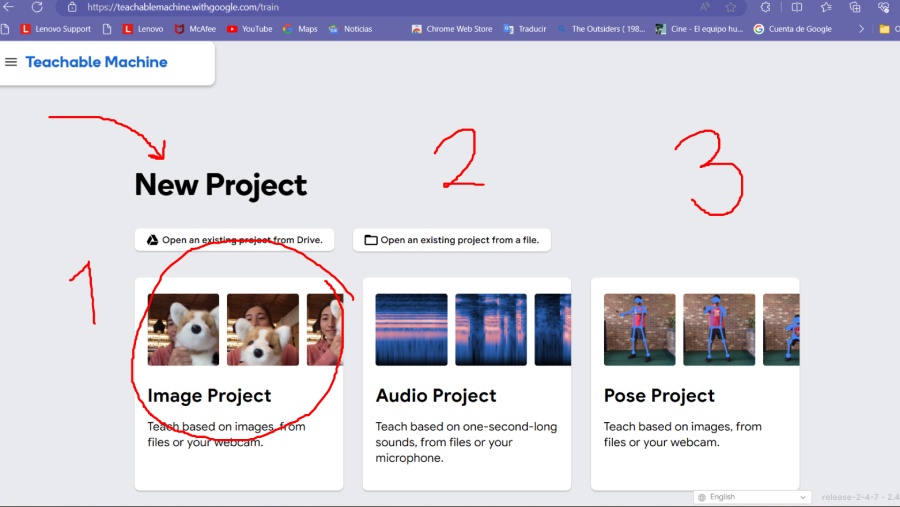
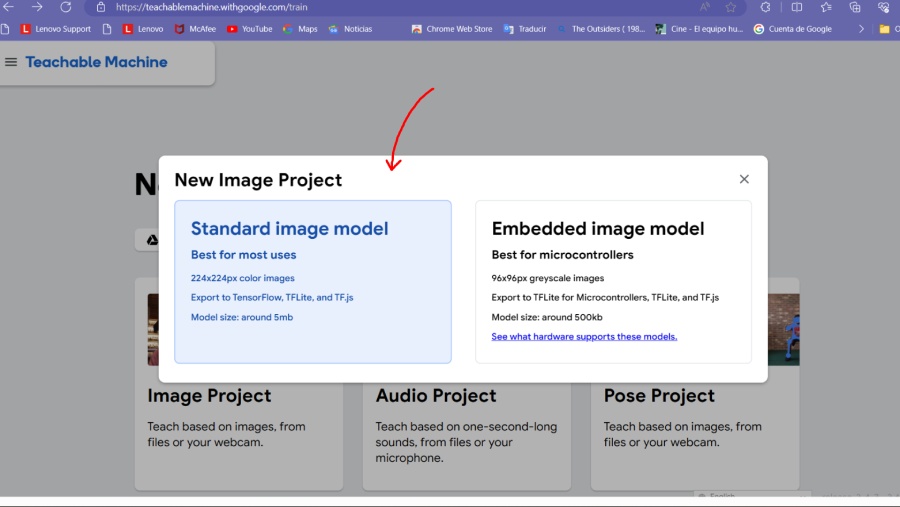
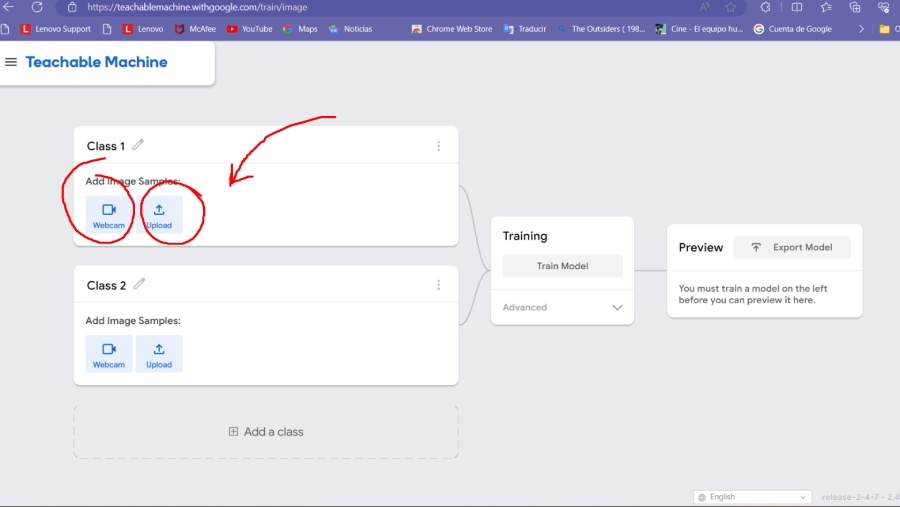
In this case I desided to upload general images from internet to see universal shapes of the different objects I want to save in my Final Project. So each class represents an object. I download all the images in one floder and I upload them, the minimum classes are 2 and I named the "Lipstick" & "Brushes". Then I start the first training and I turn the camera for the program to detrect the objects

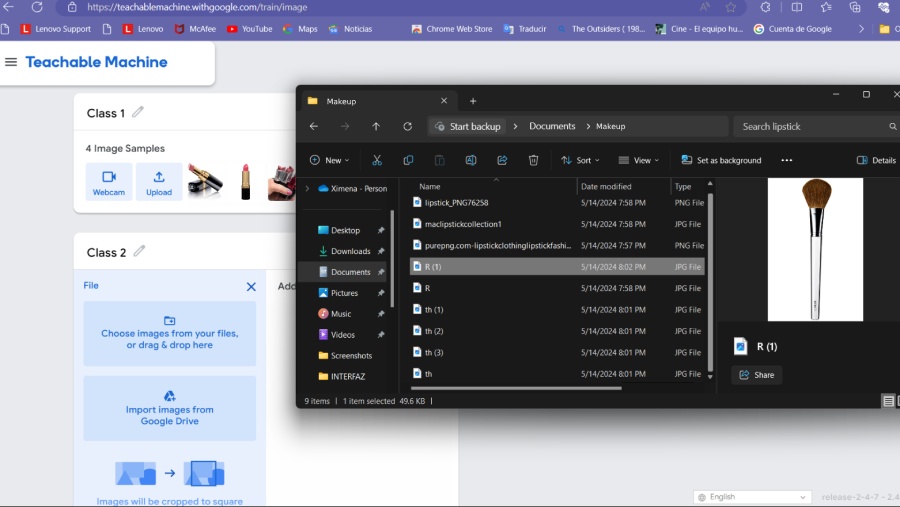
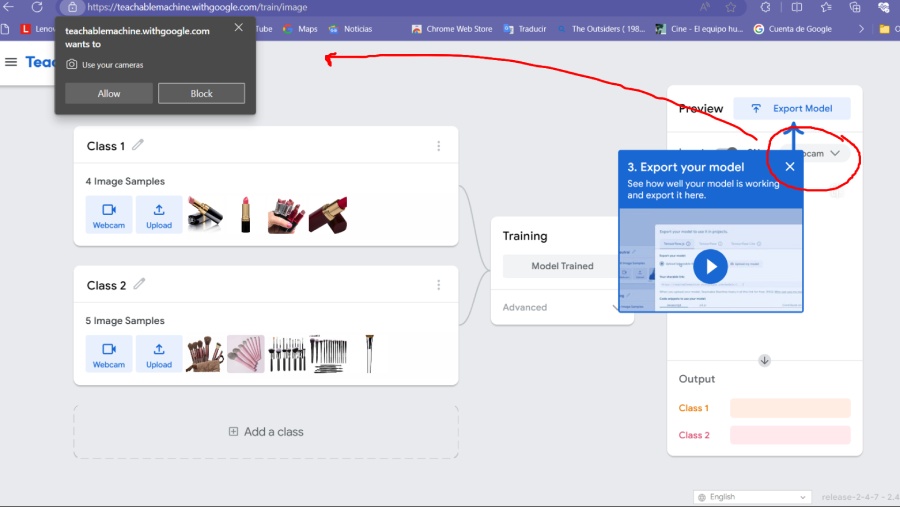
Because it only has two options is either going to be a lipstick or a Brush, so I desided to scan my self as nothing to simulate a person that is not holding any makeup tool yet.
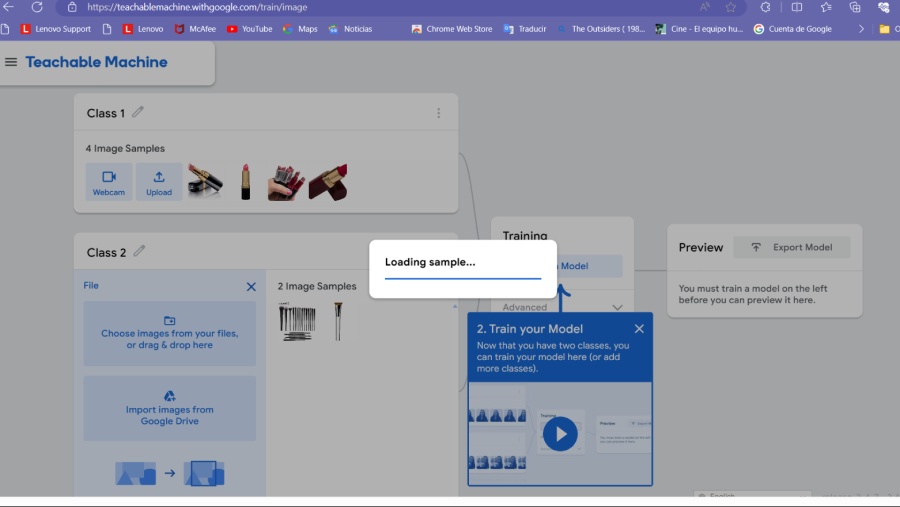
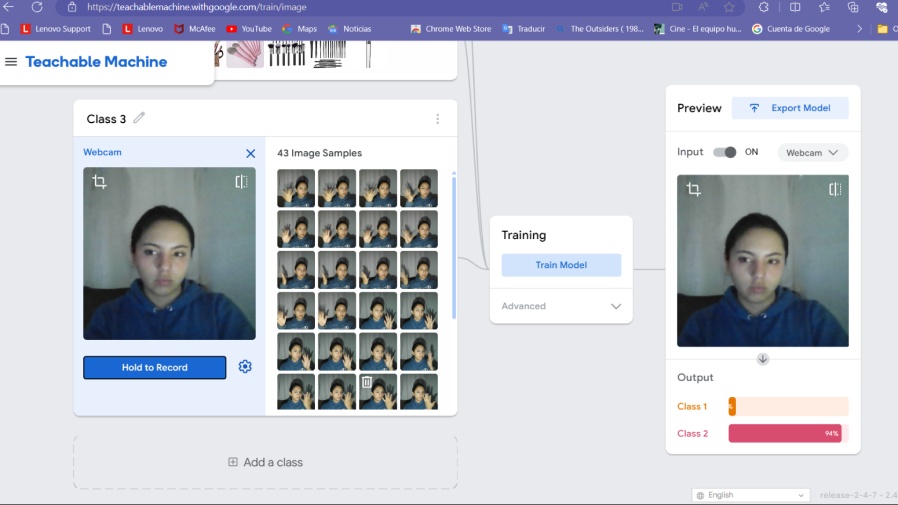
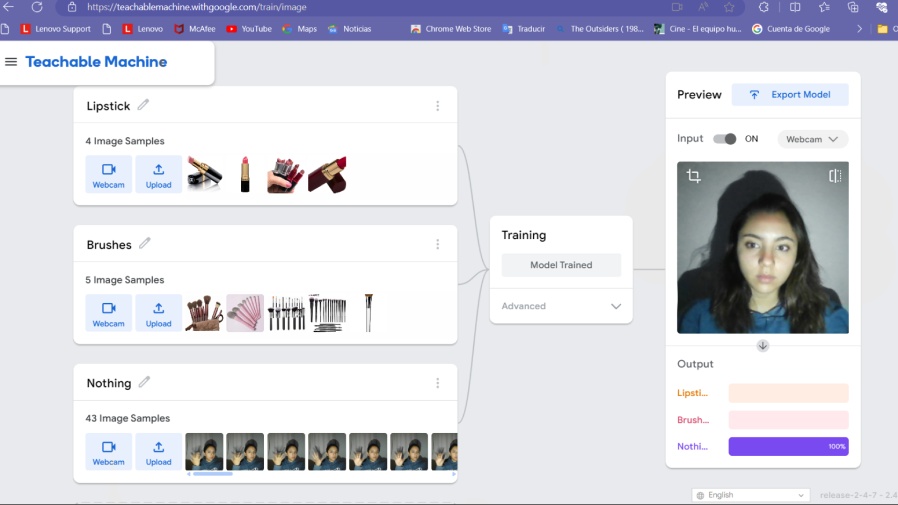
This were the results of the objects that I had and compared with the universal images I upload those were the results I got
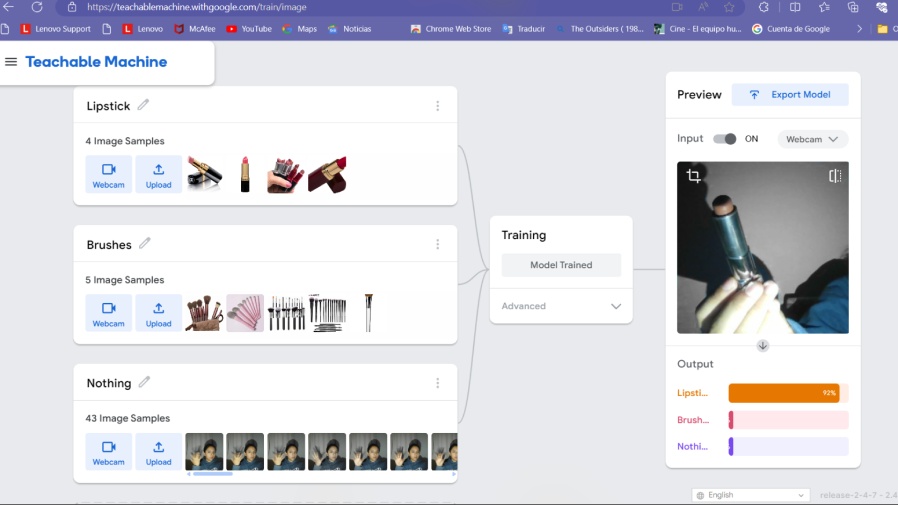
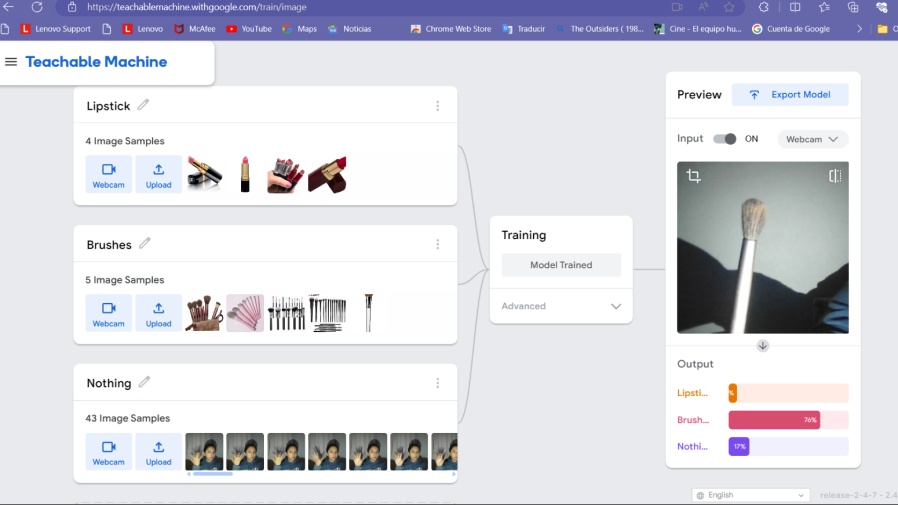

Later as my Final Project is completed I will fill all the products I keeped in the tool finder and the will see how it works with more objects related.
Teachable Machine Image Model
Click the buttom to START
Model with AI
To continue using AI I made another experiment with webpages to create my final proyect concept.
- First you have to create an account and log in with you email adress
- Then click dream
- In this part you need to be soecific in what would you like to achive
- In this section you can add an image but it is optional
- Finally click dream and in this case here were selected 4 images, later we change that value
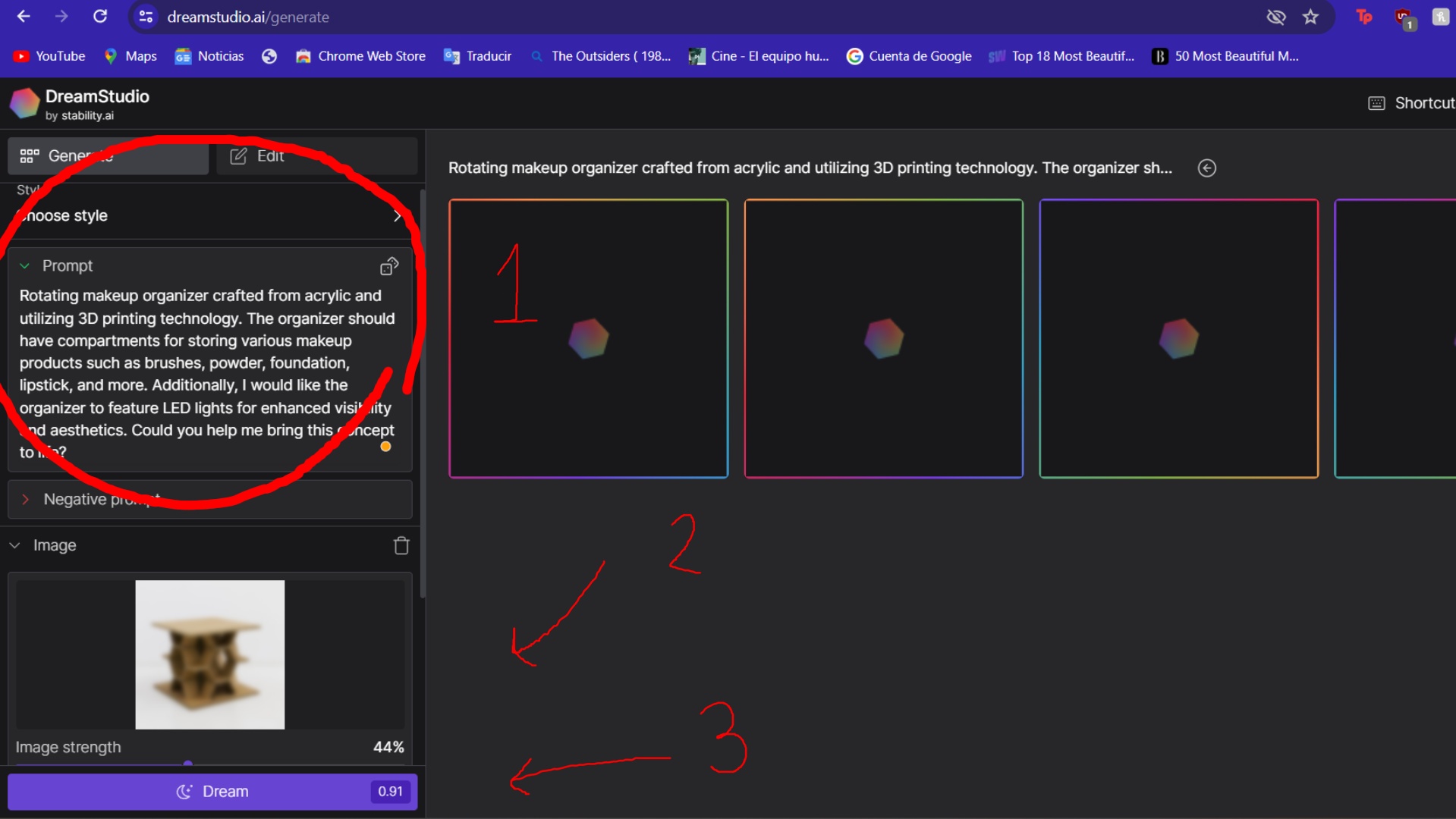
In this section you can select the style. That defines the colors and the shape that your final image is going to have.

I liked one of the images that I got so I saved it and then I used it as a reference for the next propousals
At the bottom there is a slider were you select the resemblance porcentaje that your next inventions are going to have with the original image
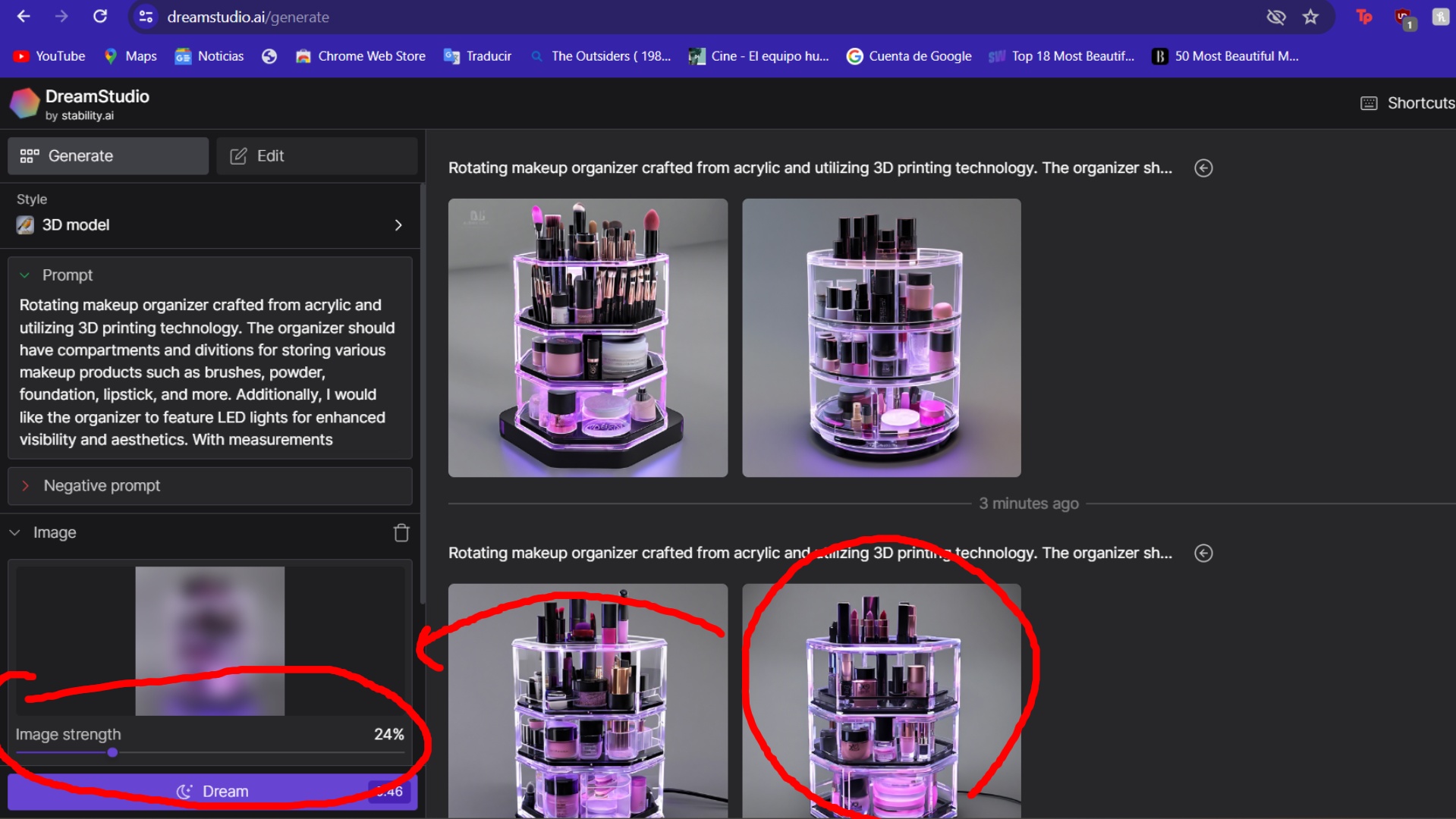
Finally if you have similar images you can change the amount of samples just to have slight changes

Reflection Summary
This week, I explored the applications of machine learning using Teachable Machine and AI tools for image recognition and concept creation. The tasks included training a model with images, experimenting with AI for project conceptualization, and refining the results for future applications.
Challenges and Solutions
Training the Machine: I started by using Teachable Machine to train a model with images. The primary challenge was deciding whether to use images, audio, or poses. For this practice, I chose to use images and uploaded general images from the internet representing universal shapes of different objects I want to use in my final project. I created two classes named "Lipstick" and "Brushes" and uploaded relevant images. The initial training was straightforward, but ensuring accurate detection required careful selection and labeling of images.
Expanding the Model: To make the model more comprehensive, I simulated a scenario where a person is not holding any makeup tool by scanning myself. This addition helped in distinguishing between holding a lipstick, a brush, or nothing. The results showed a clear distinction between the objects and the universal images, confirming the effectiveness of the training process.
Using AI for Project Conceptualization: I experimented with AI tools to create my final project concept. The process involved creating an account, logging in, and using the "dream" feature to specify the desired outcome. One challenge was being specific enough in the descriptions to get relevant results. I selected a style and saved one of the images as a reference for further proposals. Adjusting the resemblance percentage slider helped in generating similar images with slight variations, ensuring a refined and polished final concept.
Future Applications
The skills and knowledge gained in training machine learning models and using AI tools will be highly valuable for future projects. Understanding how to effectively train a model with images and refine the results through AI experimentation will enable the creation of sophisticated image recognition systems and personalized project concepts.
Mastering these techniques will allow for efficient prototyping and development of AI-driven applications, enhancing the functionality and user experience of various projects. The ability to accurately detect and classify objects will be crucial for applications in fields such as automation, robotics, and smart systems.
Overall, the expertise gained in machine learning and AI tools will provide a strong foundation for developing innovative solutions and advancing technological capabilities in diverse domains.
